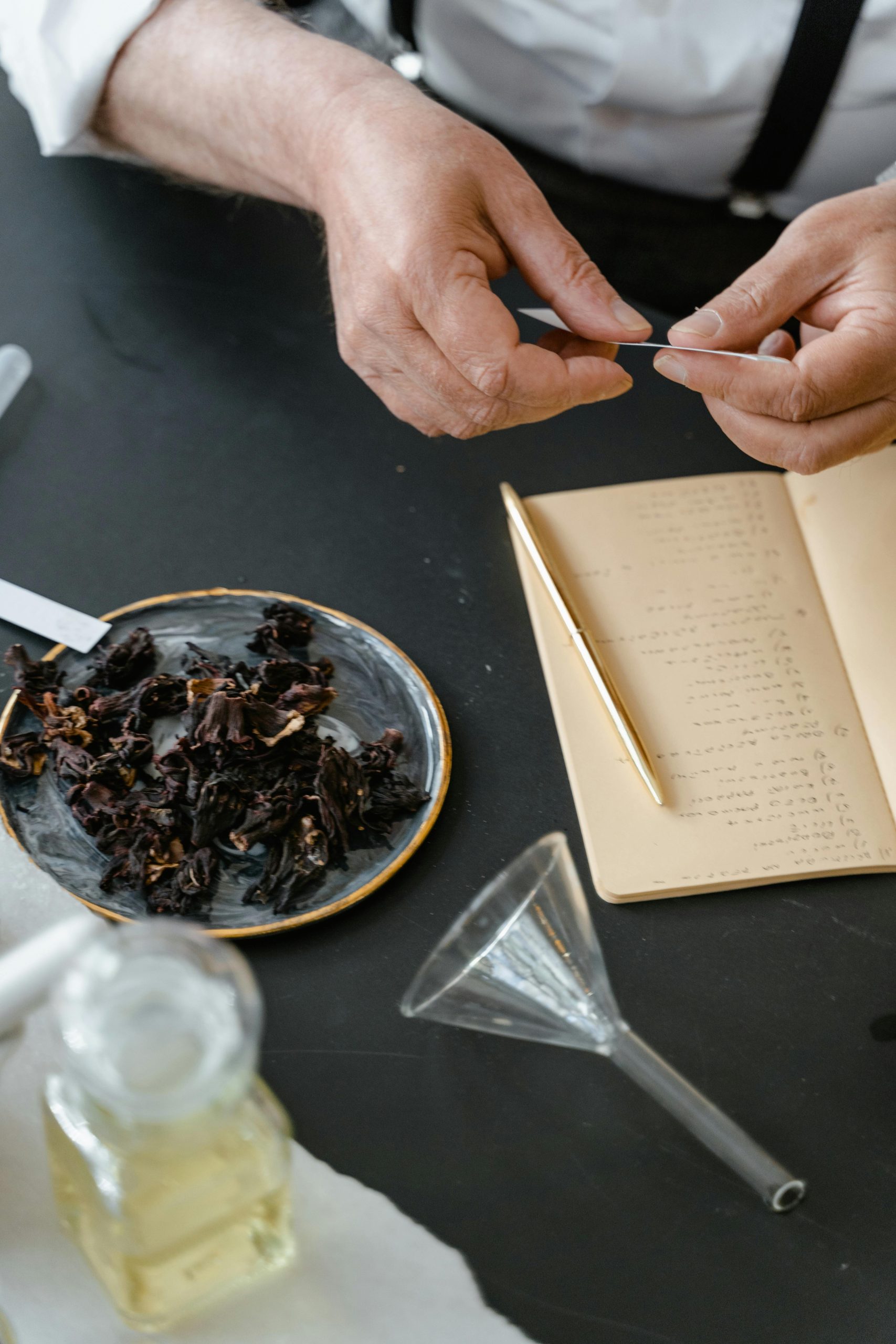Herbal tinctures are a simple and effective way to harness the healing power of plants. Whether you’re looking to boost immunity, ease stress, or support digestion, making your own tinctures at home is easier than you might think. This beginner-friendly guide will walk you through everything you need to know to create potent herbal tinctures with minimal effort and maximum benefits.
What Are Herbal Tinctures?
Herbal tinctures are concentrated liquid extracts made by soaking herbs in alcohol or another solvent. This process pulls out the active compounds from the plant, creating a potent remedy that can be taken in small doses. Tinctures have a long shelf life, are easy to use, and allow your body to absorb the herb’s benefits quickly.
Why Make Your Own Tinctures?
Creating DIY herbal tinctures gives you control over the quality of ingredients, ensures freshness, and can save you money compared to store-bought options. Plus, it’s a rewarding way to connect with nature and take charge of your wellness routine.
Essential Supplies for DIY Herbal Tinctures
Before you begin, gather these basic supplies:
- Fresh or dried herbs: Choose high-quality, organic herbs for the best results.
- Alcohol (vodka or brandy): 80-proof or higher is ideal for extraction.
- Glass jars with tight lids: Mason jars work perfectly.
- Cheesecloth or fine strainer: For filtering the tincture.
- Dark glass dropper bottles: To store your finished tincture.
- Labels and a marker: To keep track of ingredients and dates.
Choosing the Right Herbs
Start with easy-to-find herbs like chamomile for relaxation, echinacea for immunity, or peppermint for digestion. Research each herb’s properties to match your health goals.
Step-by-Step Guide to Making Herbal Tinctures
Follow these simple steps to create your first herbal tincture:
Step 1: Prepare Your Herbs
If using fresh herbs, chop them finely to increase surface area. For dried herbs, lightly crush them to help release their compounds. Fill your jar about halfway with herbs, leaving room for the alcohol.
Step 2: Add Alcohol
Pour alcohol over the herbs until they are completely submerged. Leave about an inch of space at the top of the jar to allow for expansion. Seal the jar tightly.
Step 3: Store and Shake
Place the jar in a cool, dark place for 4-6 weeks. Shake it gently every few days to help with extraction. Label the jar with the herb name and date.
Step 4: Strain and Bottle
After the steeping period, strain the liquid through cheesecloth or a fine mesh strainer into a clean bowl. Squeeze out as much liquid as possible from the herbs. Transfer the tincture to dark glass dropper bottles for storage.
Step 5: Label and Store
Label each bottle with the herb name, alcohol percentage, and date. Store in a cool, dark place—your tincture will last for several years.
Tips for Success
To ensure your tinctures turn out perfectly, keep these tips in mind:
- Use high-proof alcohol: At least 80-proof (40% alcohol) to ensure proper extraction.
- Keep everything clean: Sterilize jars and tools to prevent contamination.
- Be patient: Longer steeping times often result in stronger tinctures.
- Experiment with ratios: A common ratio is 1 part herb to 2 parts alcohol, but adjust based on herb potency.
Alternative Solvents
If you prefer not to use alcohol, try glycerin or apple cider vinegar as solvents. These are great for children or those avoiding alcohol, though they may have a shorter shelf life.
Popular Herbs for Beginner Tinctures
Here are some beginner-friendly herbs to try:
- Chamomile: Calming and great for sleep or anxiety.
- Echinacea: Supports immune health.
- Peppermint: Aids digestion and relieves nausea.
- Lemon balm: Reduces stress and promotes relaxation.
- Ginger: Eases nausea and supports digestion.
Dosage Guidelines
Start with a small dose (1-2 droppers full) and observe how your body reacts. Consult a healthcare provider if you’re unsure, especially if pregnant, nursing, or on medication.
Making your own herbal tinctures is a fun, empowering way to incorporate natural remedies into your daily life. With just a few simple ingredients and a little patience, you can create potent extracts tailored to your needs. Start with one or two herbs, follow the steps carefully, and soon you’ll have a collection of homemade tinctures ready to support your wellness journey. Happy brewing!


